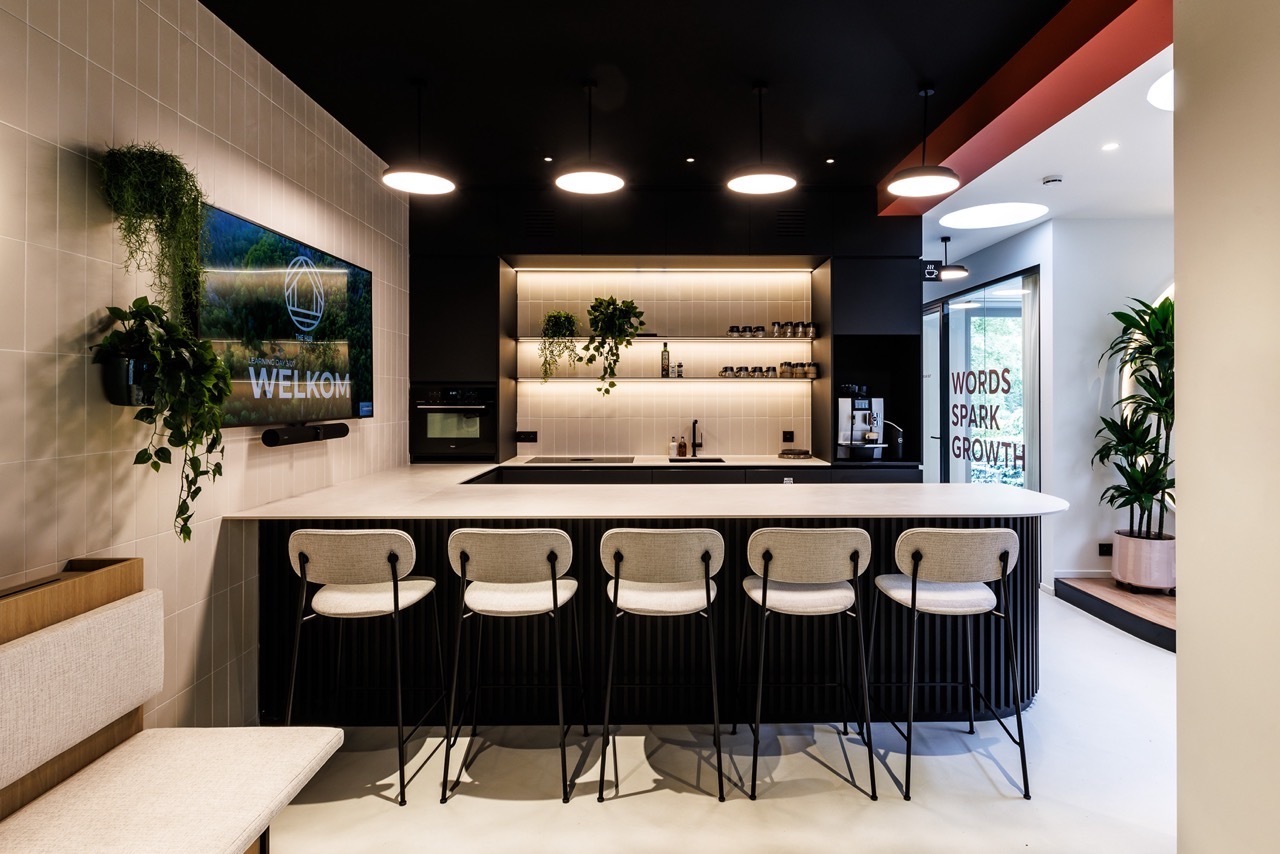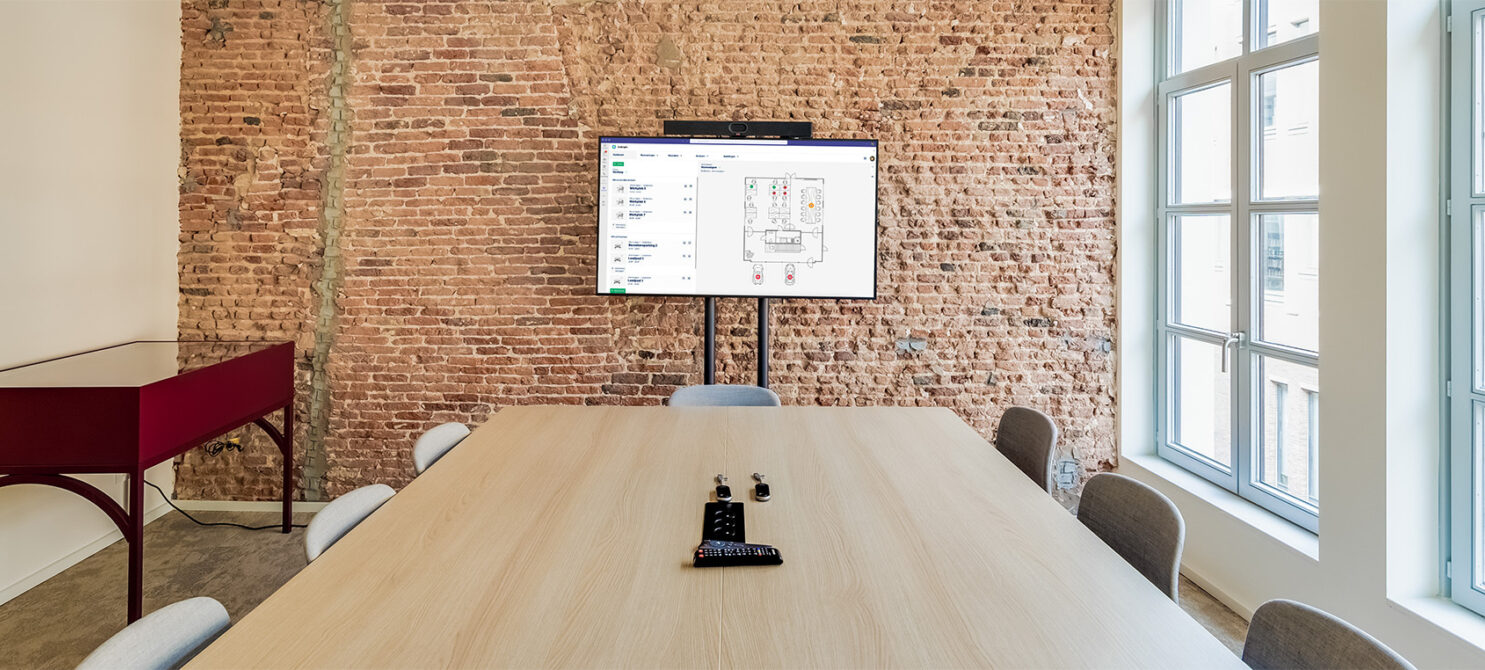From Cost Center to Strategic Advantage
This is where technology takes on the battle against vacancy. With the right software, companies can gain insight into the actual use of their office spaces. Think of smart sensors that anonymously register which workplaces are occupied, how often meeting rooms are used, and which zones are popular. This data is visualized in user-friendly dashboards, allowing facility managers and HR departments to make informed decisions about their office layout and size, rather than guessing. The result? More efficient space utilization and a significant reduction in real estate costs.
Building Intelligence and a Suitable HR Policy
- Supporting hybrid work: The data from building intelligence provides HR with the facts to implement a successful hybrid policy. Which teams benefit from collaboration at the office? And which employees function better in a quiet, individual setting? These insights guide policy and ensure that the work environment is a conscious choice, not an obligation.
- The office as a social hub: In a world of remote work, the office must serve a purpose. It is no longer just a place to perform tasks, but a social hub where employees meet, exchange ideas, and strengthen the company culture. This requires a different type of office layout: fewer fixed desks and more flexible collaboration spaces, 'huddle rooms', and relaxation areas. Building intelligence indicates exactly how these spaces can be best arranged and used to maximize social interaction.
- Digital inclusion for everyone: An integrated system can show employees via an app which workplaces are available, where their colleagues are located, and how to book a meeting room. This lowers barriers for both new employees and part-time staff who are less frequently in the office, and ensures everyone can quickly and easily adapt to the hybrid work environment. It creates a sense of digital inclusion, regardless of where one works.

By linking the cost per square meter to the actual use of that space, companies can not only save money but also create a purposeful and inclusive work environment. The future of the office lies not in its size, but in its intelligence and the way it connects people. The technology that is currently used for cost savings will evolve into an integrated ecosystem of 'building intelligence.' This ecosystem will not only provide insight into occupancy but also automatically optimize the environment (think light and temperature) to maximize productivity and well-being. The office will become a destination, a place that employees consciously choose for its advanced facilities, collaboration opportunities, and the strengthening of social bonds. It is a shift from a mandatory workplace to a strategic asset for talent retention and innovation.
